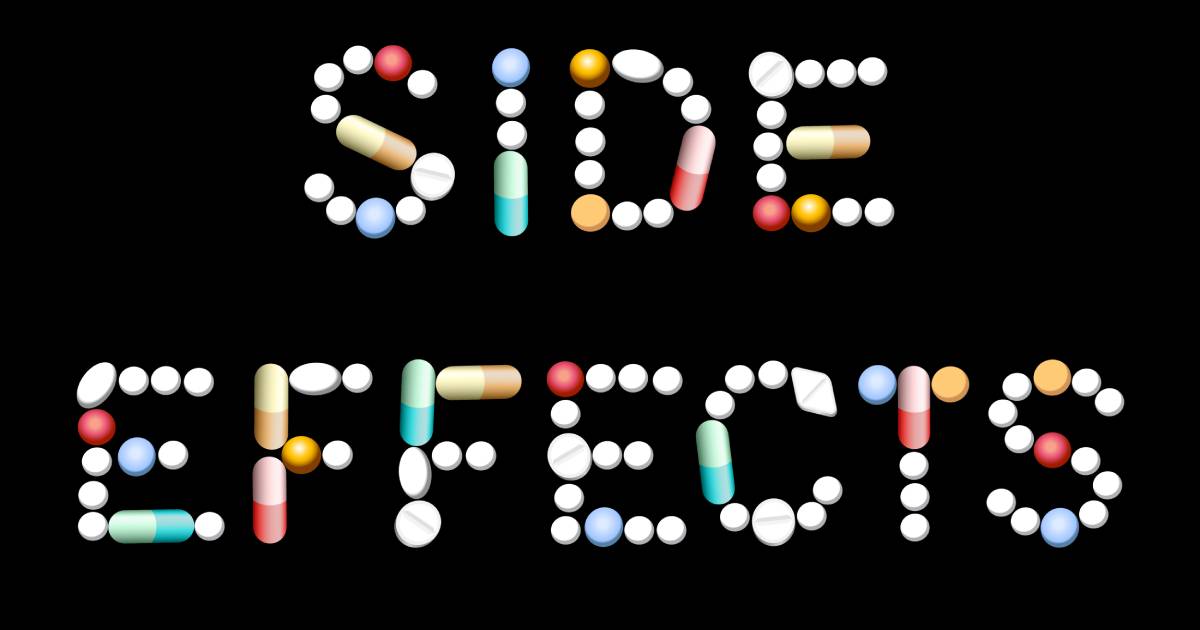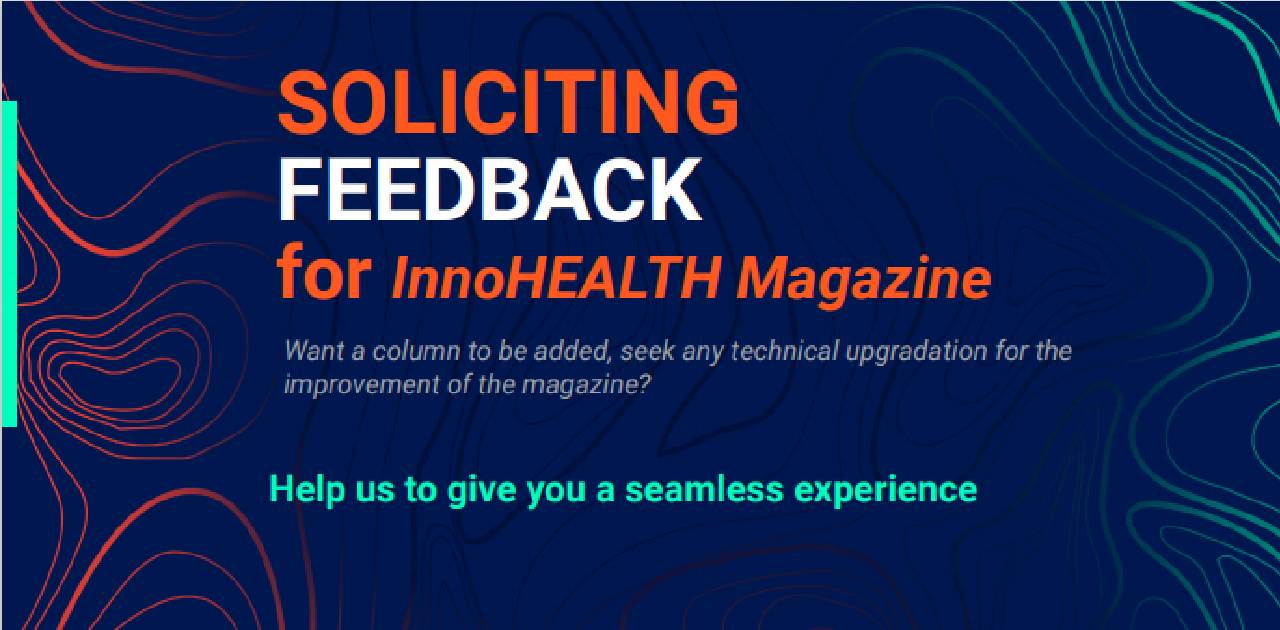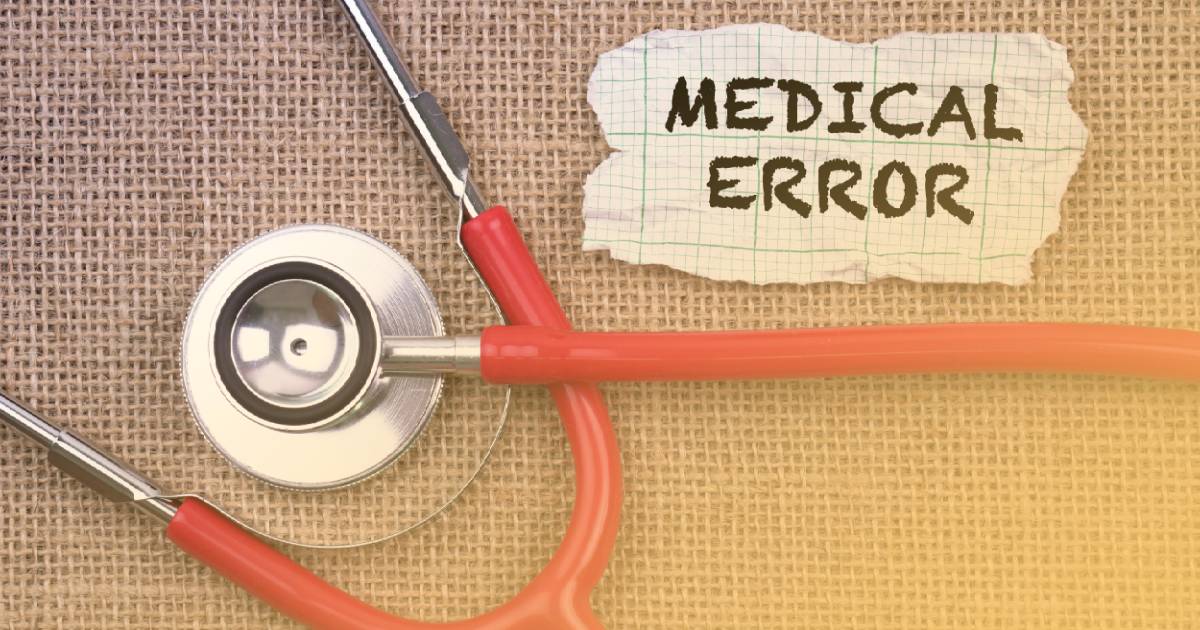Undesirable or unintended outcomes may include adverse drug reaction, treatment failure, drug -drug interaction, or in extreme cases patient death.
INTRODUCTION
Medicines constitute an integral part of any healthcare system. However with growing advancement and increasing health needs, our dependency on medications has also been rising. Medicines or drugs contain an active ingredient which is responsible for causing reaction in the body that leads to cure. But in some cases, it may cause adverse or unintended reaction that may harm the patient. The beneficial outcomes should always outweigh the adverse outcomes provided the adverse outcomes are tolerable otherwise the medicine should be discontinued.
Undesirable or unintended outcomes may include adverse drug reaction, treatment failure, drug -drug interaction, or in extreme cases patient death. This has significant social and economic ramifications for the patient and the society at large like suboptimal patient adherence, lack of efficacy of medicines, poor quality of life, increased use of health services, preventable medication related hospital admission and many more. This is particularly true and a grave situation for developing countries where lack of quality assurance leads to rampant usage of substandard and counterfeit medicines.
DEFINITION
As per United States National Coordinating Council for Medication Error Reporting and Prevention, Medication error is defined as “any preventable event that may cause or lead to inappropriate medication use or patient harm while the medication is in the control of the health care professional, patient, or consumer. Such events may be related to professional practice, health care products, procedures, and systems, including prescribing, order communication, product labeling, packaging, and nomenclature, compounding, dispensing, distribution, administration, education, monitoring, and use”
The above definition indicates that the medication errors can happen anywhere along the chain of process and hence are preventable at various levels. It also means that with due caution and vigilance, we can reduce the incidence of medication error and reduce the risk of patient harm.

It also means that with due caution and vigilance, we can reduce the incidence of medication error and reduce the risk of patient harm.
CHALLENGES OF MEDICATION ERROR
- The prevalence estimation of medication error is difficult due to underreporting, varying definitions, and different classification systems being employed in different regions across the world.
- Due to a lack of better indicators for healthcare delivery, medication errors, and patient-reported cases of negligence, it is difficult to monitor and evaluate policy interventions
- Pharmacovigilance practice which is to be done to identify cases of previously unreported adverse reactions after the drug is licensed to use is inadequate.
- Over-the-counter prescriptions of drugs i.e. dispensing medicines without the prescription of a licensed medical practitioner or healthcare provider. This is particularly a pertinent issue in developing countries giving rise to new forms of diseases like multi-drug resistant bacteria which are difficult to manage.
- Poor enforcement of the law regarding safe drug practices.
- Substandard and counterfeit medicines- those medicines whose active ingredient or composition is not at par with the standard guidelines laid down by regulatory authorities. As they are relatively cheap it is often seen that they flood the markets of developing countries and harm the patient.
SAFE MEDICINES AND UNIVERSAL HEALTH COVERAGE
World Health Organization says that “Universal health coverage (UHC) means that all people and communities can use the promotive, preventive, curative, rehabilitative and palliative health services they need, of sufficient quality to be effective, while also ensuring that the use of these services does not expose the user to financial hardship.” Above stated definition of Universal Health Coverage encompasses three broad and related objectives:
- Equity in accessibility implying that sufficient quality healthcare services should be accessible to everyone without any regard to caste, creed, sex, religion, geography, or income group.
- Equity in affordability: The services available should be such that it does not expose the user to a financial burden.
- A comprehensive approach to healthcare: this means the entire spectrum of health and disease needs to be addressed instead of focusing on one aspect implying the importance of a systematic and multidimensional approach in the health sector.
The concept of Universal Health Coverage traces its roots from the WHO constitution of 1948 declaring health as a fundamental right and further strengthened after the Alma Ata declaration in 1978.
The concept of Universal Health Coverage traces its roots from WHO constitution of 1948 declaring health as a fundamental right and further strengthened after the Alma Ata declaration in 1978.
Medicines forms one of the major component of UHC as it accounts for over a quarter of total healthcare expenditures while in some low and middle income countries it comprises up to 67% of total healthcare expenditure. It has also been observed that more than half and sometimes up to90% of expenditure incurred on medicines is out of pocket risking low and vulnerable group of people to the financial hardship on account of catastrophic health expenditure as per WHO’s The World Medicine Situation Report 2011.
Hence in order to effectively realize the goal of UHC, there is a need to explicitly recognize the issues related to safe medication like counterfeit medicines, substandard drugs, growing and unregulated market for branded drugs, adverse reaction following medication error and drug safety. This will help the policymakers in realizing health benefits of medicines while maintaining financial viability of UHC at the same time.
8 Rs (Rights) OF MEDICINES SAFETY
As most of medication errors are preventable at some or other level, 8 Rights of Medication administration were laid down to ensure drug safety and patient’s benefits. These are:
- Right Patient: Check whether the medicine is being administered to the patient it is intended for by asking the patient’s name and date of birth while matching with the unique identification number that has been allotted to the patient. Then to be doubly sure, some academicians emphasize to ask for the patient’s history and match it with the record too.
- Right Medication: this needs to be checked due to look alike sound alike nature of some medicines. It is done by checking that the medicines being administered are correct with the one being prescribed and ordered.
- Right Dose: Too much or too little of dose of medicine can harm or cause no effect to the patient. Hence it needs to be checked that appropriate dose of medicine should be administered.
- Right Route: Each medicine has a correct route for administration. If not administered via the correct route it may harm the patient. Hence if an injection needs to be given intramuscular then it should be given in the muscles only, intravenous administration can prove to be lethal to the patient.
- Right Time: this is to ensure efficacy of medicines and that no two medications prove inimical to each other. Some medicines have a particular time when they are most effective; hence they should be given at correct time and in correct order.
- Right Documentation: Due to the changing shifts of doctors and nurses it is essential that the medicines are documented to ensure the continuity of care. Also it helps physician to record/observe if any bad reaction to drug occurs.
- Right Reason: To ensure that the medicine is being given for sufficient reason that warrants the action of active ingredient for the disease to cure.
- Right Response: Check whether the patient is responding to the medicine administered and the response is correct and intended without any signs and symptoms of unknown side effects.

STRATEGIES TO PROMOTE SAFE MEDICATION
- There is a need to develop Information Management system to track medicine utilization, medicine inventory and stock keeping, medicine dispensing and medicines quality.
- Indicator needs to be developed for Medicine availability, accessibility, affordability, quality and usage and their regular monitoring.
- Developing participative policies and programs for the purpose of appropriate medicine use by patients, prescribers, dispensers and administrators.
- Involvement of multiple stakeholders to identify and prevent medication error and ensure patient safety.
- Developing and implementing standard operating procedures (SOPs) for medicines dosage and timing so that people who are engaged in administrating can remember them, check them and crosscheck if need be.
- There should be standard rules for prescription writing to prevent errors related to illegible handwriting or misinterpretation by dispensers. Digitization of prescription process and use of Electronic Health Records should be promoted and used as far as possible.
- The most unused resource in healthcare sector is patient. There is a need to harness such potential by empowering patients. They should be informed about the medicines they are taking, reasons for taking them, its potential benefits and possible complications. They should be involve in their treatment procedure and be made aware what medicines look like and how often they are to take them. It is the right of the patient to know about their medications and make an informed decision at every step of their treatment.
- For high risk medicines and look alike sound alike medicines there should be special procedures and written protocols to warn the personnel.
WAY FORWARD
Healthcare organizations and persons involved in providing healthcare needs to work in tandem with the civil society in order to make patient safety their aim. There should be involvement of non-governmental organizations to spread awareness about patient’s rights, patient’s safety and medication error. They should work with government in policy formulation, implementation and monitoring. Measures should be taken to encourage reporting and analysis of medication errors with development of well understood safety plans and interdisciplinary training programs.
CONCLUSION
It has been confirmed time and again that major brunt of unsafe medicines are borne by the poor and vulnerable group. Due to unavailability, high cost and inaccessibility of quality medicines, such groups has to resort to low quality unsafe medicines. Hence there is a need of active involvement of all stakeholders: payers, facility providers, dispensers, administrators, local and multinational pharmaceutical industries, prescribers, consumers and regulators, while keeping their converging and competing interests in consideration. By the use of evidence-based and such multidimensional approach we can be able to achieve effective, equitable and affordable pharmaceutical outcomes and reach towards our common goal of Health for All.

Composed by: Dr. Nupur Garg

